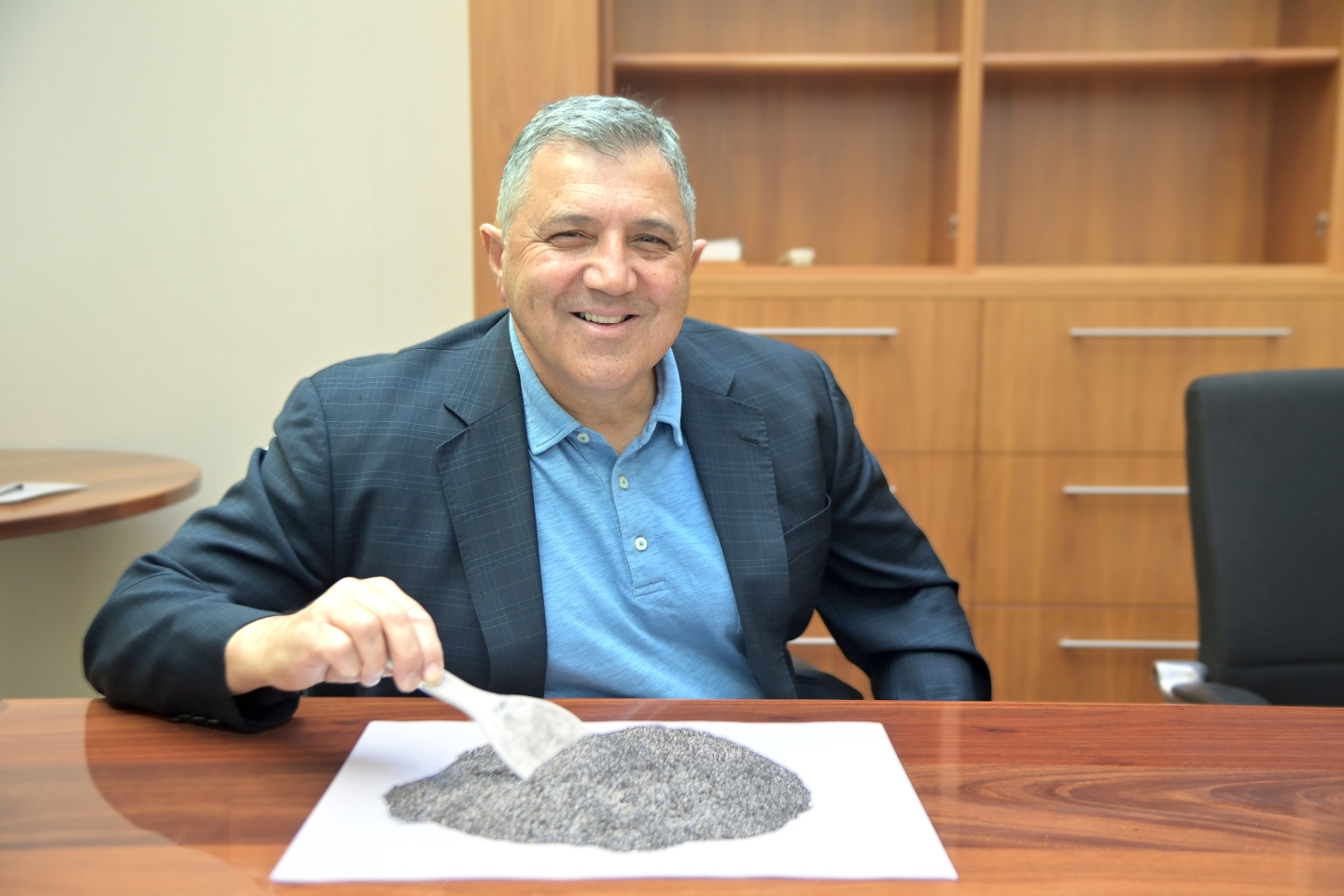Ultra-high temperature test work aimed at evaluating the suitability of ASX-listed Quantum Graphite’s coarse flake graphite in the production of long-duration energy devices has come up trumps. The program forms part of a jointly held partnership with Melbourne-based company Sunlands and aims to produce thermal energy storage battery cells at an industrial scale using Quantum’s ore as a feedstock.

Ultra-high temperature test work aimed at evaluating the suitability of ASX-listed Quantum Graphite’s coarse flake graphite in the production of long-duration energy devices has come up trumps.
The program forms part of a jointly held partnership with Melbourne-based company Sunlands and aims to produce thermal energy storage battery cells at an industrial scale using Quantum’s ore as a feedstock.
The devices are tipped to play a massive role in the renewable power generation market by delivering firm and malleable energy to grids reliant on renewable sources of power.
As renewable energy sources like solar and wind continue to account for a growing portion of the electricity grid, the erratic and seasonal power generation that goes along with it can create a serious power management issue that the collaborators have seemingly now resolved.
The Institute of Nonferrous Metallurgy and Purity Materials, or "INEMET" in Germany, analysed various coarse flake samples acquired from Quantum's Uley 2 deposit on South Australia's Eyre Peninsula as part of the work.
The main attributes of the test work were completed in May, however recent programs were finalised to refine the thermal treatment cycles by heating the specimens to temperatures of 2200 degrees Celsius.
The program's high temperatures were introduced to mimic the conditions inside a thermal energy cell throughout its charging and discharging stages and built on earlier temperatures of up to 1500 degrees.
Eight samples were examined by INEMET, including two medium density isostatic blocks created as control samples and six blocks constructed from Uley 2 flake.
The flake used to create the six Uley Media blocks ranged in purity from 90 per cent to 96 per cent and scored ticks of approval across all four fraction sizes assessed: less than 75 microns, 75 – 150 microns, 150 – 300 microns and more than 300 microns.
Key outcomes of the test work suggest the Uley Media blocks can function at ultra-high temperatures, offer a high-performance operational capacity that could significantly reduce the unit cost of long duration energy storage batteries and could be produced at a much greater scale than originally imagined.
According to the company, now that it has theoretically validated the system’s functionality it could be used to drive a utility scale steam turbine generator.
Quantum Graphite Director and Chairman David Trimboli said:“These results now settle the scope of QSP’s manufacturing of Uley Media blocks. The big news is the uniformity in the heat storage results. This enables QSP to achieve efficiencies of scale in the size and type of Uley Media blocks regardless of the configurations required by Sunlands Co. for its various LDES cells.”
Quantum’s Uley 2 project houses a resource of 6.3 million tonnes at 11.1 per cent total graphitic carbon for a total inventory of 672 thousand tonnes of contained graphite.
Notably, the asset was one of three graphite-based projects outlined in the Federal Government's Critical Minerals Prospectus last year.
Quantum appears intent on boosting its current assets and recently made a move to acquire SA graphite developer Lincoln Minerals in an off-market bid.
Lincoln’s ground is roughly 1177 square kilometres on the Eyre Peninsula. Almost a decade ago Lincoln released a maiden JORC mineral resource estimate at its high-grade Kookaburra Gully graphite deposit which tipped the scales at 2.2 million tonnes grading a hefty 15.5 per cent total graphitic carbon.
According to the Federal Government’s Department of Climate Change, Energy the Environment and Water Renewable energy sources accounted for roughly 8 per cent of the nation’s consumption last year and has more than doubled over the last three decades.
In addition, the department states 29 per cent country’s total electricity generated last year was derived from renewable energy sources. The figures, coupled with Quantum Graphite’s successful round of testing suggest the company has a massive market for its battery products.
Is your ASX-listed company doing something interesting? Contact: matt.birney@businessnews.com.au













